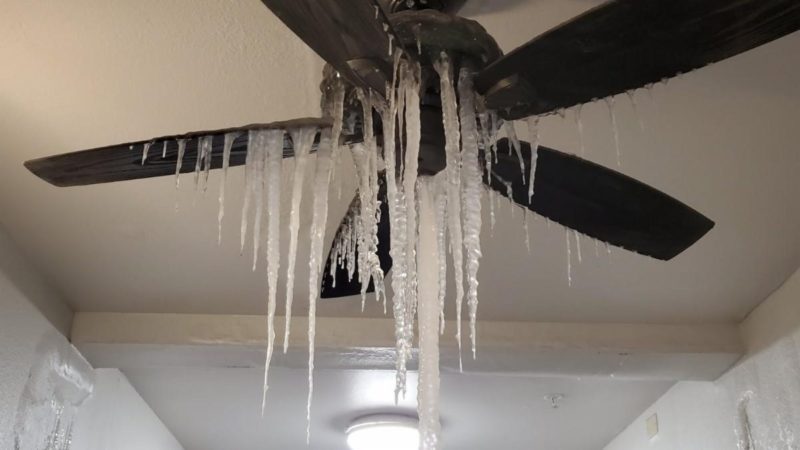
Facts About Frozen Pipes:
- Water expands by 10% when it freezes.
- When water freezes and expands within your pipes it exerts up to 40 lb. of pressure per square inch.
- Homes built prior to the 1960’s are especially susceptible to frozen pipes.
- 37% of frozen pipes failures occur in the basement.
How to prevent pipe problems this winter:
It’s winter again, which means you’ll need to give some consideration to your pipes as the temperatures drop. Water expands when it freezes, placing an enormous amount of pressure and stress on pipes. This pressure can break your pipes, causing a major water loss in your home or office.
Potential problem areas:
- Outdoor pipes exposed to extreme temperatures.
- Pipes residing in unheated indoor areas such as crawl spaces, basement, and garage.
- Cabinets / sinks on exterior walls.
- Pipes that run along exterior walls.
Preventing Frozen Pipes:
- Close garage doors to keep heat in.
- Circulate warm air by opening cabinet doors on all cabinets on exterior walls.
- Turn faucets on to allow for a slow drip to prevent freezing.
- Maintain consistency in thermostat temperature settings, day, and night.
- When away from home, do not set the temperature to lower than 55 degrees.
- When away from home for multiple days, turn off the water supply line.
- When away from home for multiple days, have someone check on your home daily.
Protecting Pipes:
- Drain swimming pools and sprinkler supply lines.
- Remove and drain outdoor hoses.
- Insulate attics, basements, walls, and crawlspaces.
- Install pipe sleeves or UL-listed heat tape.
- Calk all windows and doors and cracks to prevent cold air from entering the home.
- Relocate exposed pipes to heated areas.
Help! My pipes are Frozen!
- Keep faucets on. As the ice melts and water flows, it will de-thaw the pipe.
- Wrap pipe with UL-approved heat tape.
- Wrap heating pad or electric blankets around pipes.
- Apply warm air with a space heater or hairdryer.
- Do not use blowtorches, propane heaters, stoves, or any open flames to apply heat.
- Heat should be applied until water pressure has fully returned.
- Check all faucets to identify other frozen pipes. Where there is one frozen pipe, there is likely another.
- If you cannot find the section of a frozen pipe, or it is inaccessible, call a plumber.
Frozen Pipes & Insurance
Most home insurance policies are broad or special form. You can usually find this information by looking at your declarations page or by asking your agent. Both broad and special forms include coverage for water damage caused by frozen/burst pipes. The policy covers the resulting damage from the water, but the cost to repair the broken pipe(s) is typically the homeowner’s responsibility. Keep in mind that your policy’s deductible will apply. Homes insured on a basic form do not have coverage for this type of loss.
Prevention tips and thawing techniques provided by Hammer Restoration.
